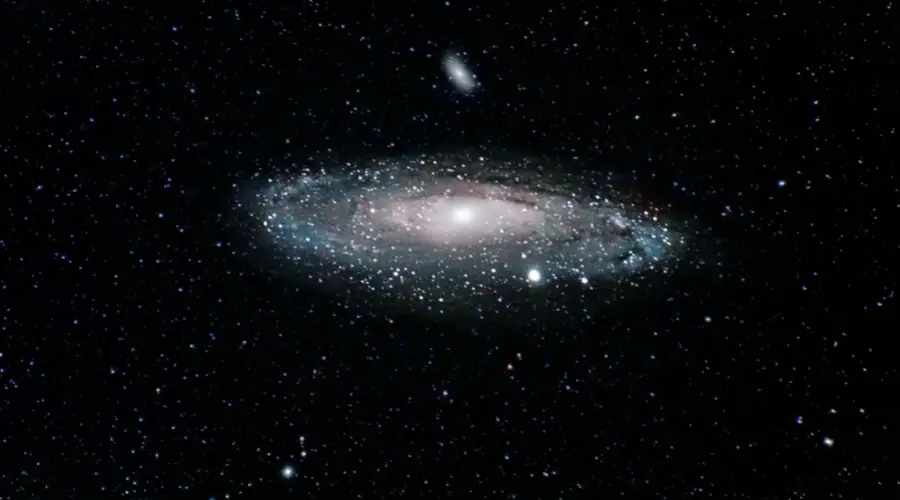

Our Galaxy and the Andromeda galaxy are both intermediate between the two extremes. In these Sc galaxies, luminous stars and emission nebulae are very prominent. Spirals have a central bulge surrounded by a flat disk, while elliptical galaxies have no apparent structure other than bright points in their centers. One of the most common shapes of peculiar galaxies is a ring formed by absorbing a smaller galaxy into a larger one. Within this group of outliers, scientists classify the unusual forms as peculiar. No, elliptical galaxies are actually bigger than irregular galaxies. These galaxies seem to share as many properties with elliptical galaxies as they do with spiral galaxiesĪt the other extreme, the central bulge is small and the arms are loosely wound. Any galaxy that is not a spiral or elliptical structure is an irregular galaxy. Galaxies at this extreme may have no clear spiral arm structure, resulting in a lens-like appearance (they are sometimes referred to as lenticular galaxies). Hubble, who developed a system of classifying galaxies by shape, gave these galaxies the designation Sa. At one extreme, the central bulge is large and luminous, the arms are faint and tightly coiled, and bright emission nebulae and supergiant stars are inconspicuous. In both barred and unbarred spiral galaxies, we observe a range of different shapes. The fact that bars are so common suggests that they are long lived it may be that most spiral galaxies form a bar at some point during their evolution. Four classes are used to classify galaxies: spiral barred spiral elliptical and irregular. ELLIPTICAL galaxies are slowly rotating ellipsoids.

Sheth from the University of Pennsylvania, USA, showed that various dark matter, MOND or MOG. Some spiral galaxies have central bar-like features in their center, and these are classified as barred spirals. Astrophysicists Kyu-Hyun Chae from Sejong University, South Korea, and Mariangela Bernardi and Ravi K. Through this work he noticed that there were two main types of galaxies: elliptical and spiral. The spiral arms usually begin from the ends of the bar. Galaxy Morphology SPIRAL galaxies have fast rotating, flattened disks, and contain some gas and dust. extensively on galaxies in the early 1900s trying to understand how they changed over time. Note that the spiral arms begin at the ends of the bar.Īs we noted in The Milky Way Galaxy chapter, our Galaxy has a modest bar too (see Figure \(25.2.1\) in Section 25.2). NGC 1300, shown here, is a barred spiral galaxy.


 0 kommentar(er)
0 kommentar(er)
